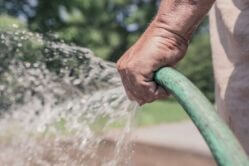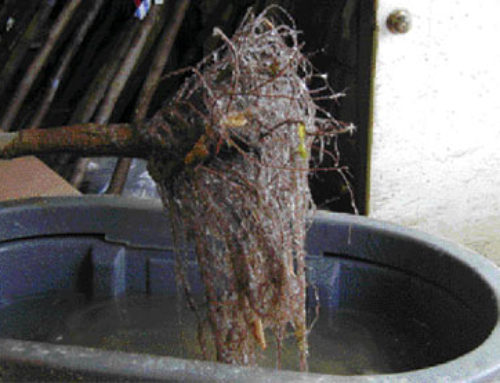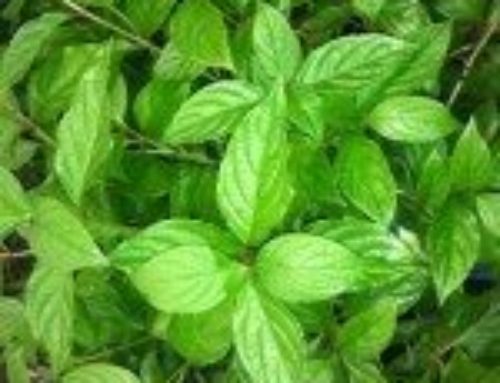13 Essential Tips for Conserving Water in Your Garden
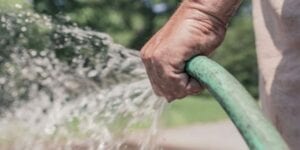 A healthy, thriving garden needs water, there’s no way around that. However, many people waste huge amounts of water, and it’s possible to make a lot less of it go a lot further. Here are our top 13 essential tips for using less water in your garden.
A healthy, thriving garden needs water, there’s no way around that. However, many people waste huge amounts of water, and it’s possible to make a lot less of it go a lot further. Here are our top 13 essential tips for using less water in your garden.
Why Bother Saving Water?
Before we look at how to save water, let’s just think for a moment about why we should take the trouble. There are several good reasons why we should all make more effort to limit the amount of water we use, and here are some of the most important.
For many people, an important reason will be simply to save money. If you pay according to how much water you consume, you can greatly reduce your expenses by conserving water.
Then there is the ecological aspect. During periods of peak demand, the natural environment is also under the greatest water stress. By using less, we do our part to help protect nature.
Even if you care nothing for taking care of our planet, by using too much water when less is available, you also play a part in driving up prices. If everybody tries to use a little less, it will contribute to keeping prices down.
Finally, there is the fact that water is now a dwindling resource. With climate change, drought conditions seem to be becoming more common and more severe. In the coming years, we may all have to adapt to water being much scarcer than it is now.
1. Apply Mulch
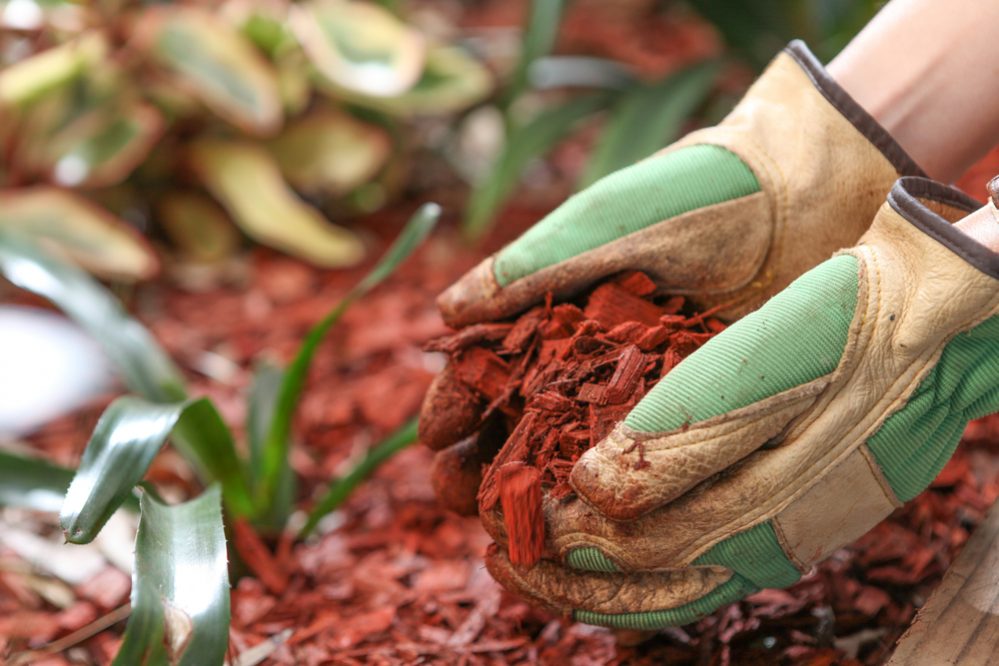
One of the easiest ways to save significant amounts of water is to apply mulch to your garden – this helps in at least two different ways.
First, mulch can significantly reduce evaporation, so the water you give to your plants will stay in the soil for longer, remaining available for roots to absorb.
Second, mulch discourages weeds from growing around your plants. Remember, weeds have the same needs as your other plants, and there is a constant battle for water. If you have weeds in your garden, they will be stealing valuable water from the plants you are trying to grow.
As a bonus, many mulches also provide extra nutrients to the soil. For potted plants, use about an inch; for your flowerbeds, cover with at least a couple of inches.
2. Spread Compost
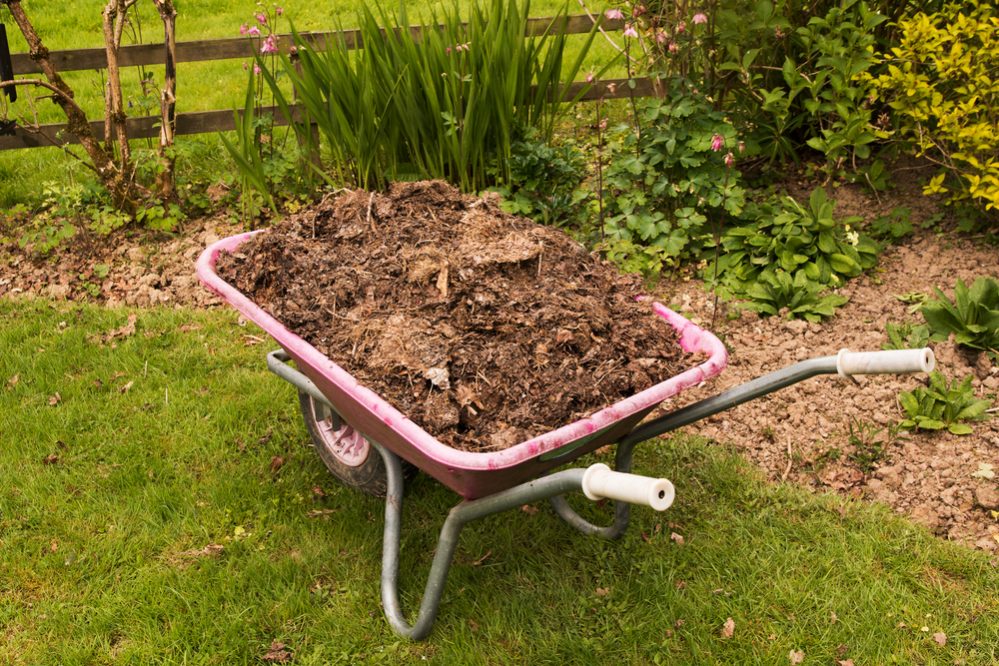
Along with a top layer of mulch, you should also spread compost over your garden. Compost, consisting of broken-down organic matter known as humus, can absorb many times its own weight in water, greatly increasing the water retention of your soil.
The result is that you will need to water your garden less frequently since the moisture remains available for longer.
Compost also carries many vital nutrients, increasing the quality and health of your soil. This means that any plants growing there will be better-established and better-equipped to deal with lack of water during periods of drought.
3. Know When To Water
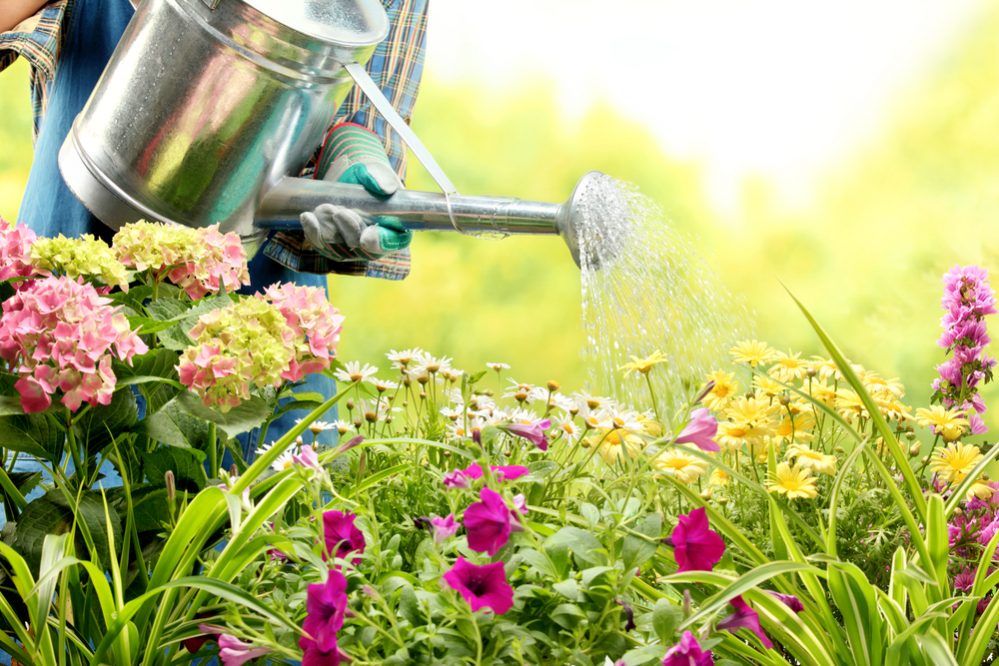
When you water your garden is of vital importance, but the best time of day is a matter of some debate in gardening circles.
While everyone agrees that you shouldn’t water in the heat of the day (this is when the highest proportion of water will be lost to evaporation), opinion is split over whether you should water in the early morning or in the evening.
Some say that watering in the morning is best since that is the coolest time of day, usually with the least amount of wind. This will give plants plenty of water to face the heat that will come later in the day.
Others say the evening is best since it is also cool, but some believe that water on leaves may not evaporate overnight, leading to fungal infection.
What is sure is that if you see your plants wilting in the heat of the day, you shouldn’t wait until the evening to help them out – if you do, it may be too late, and you could find yourself with a garden full of dead plants.
Another tip to bear in mind is to water when a drought is forecast rather than after it begins. This will give the soil time to absorb the water and it will allow the plants to prepare themselves for the dry times ahead.
4. Grow Fewer Thirsty Plants
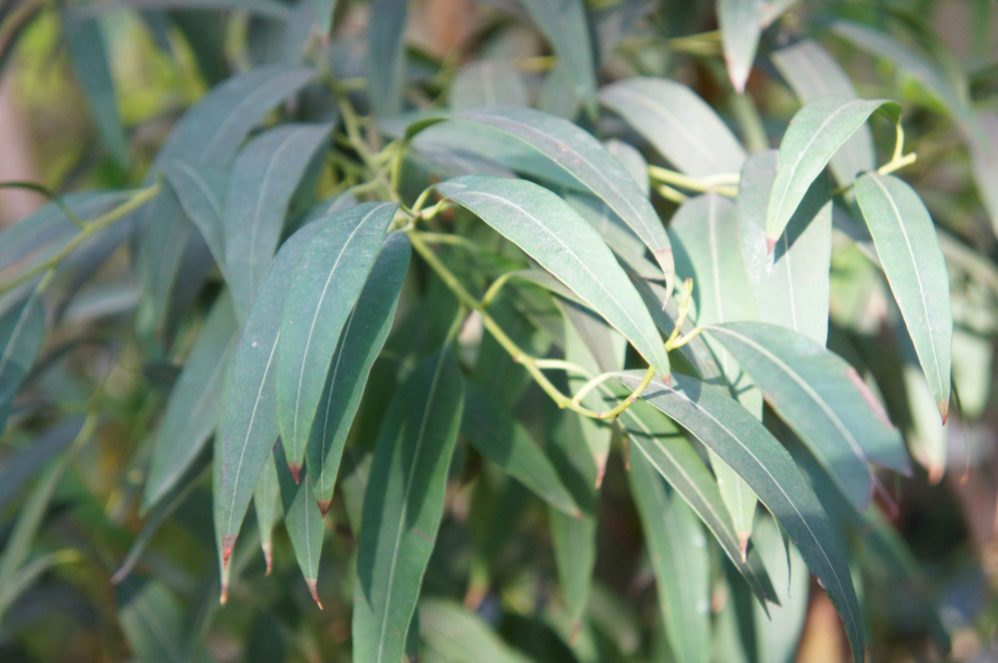
If you want to save water or you live in an area where restrictions are in place, you might consider growing species that naturally require less water to live and thrive.
Ones to look for include smaller plants, plants with narrow leaves, plants with grey or silver leaves (this reflects radiation, reducing evaporation) and plants with leathery or curled leaves. All of these types of plant are able to tolerate higher temperatures and lose water less quickly.
Avoid plants with large, green leaves, plants that require lots of fertilizer or plants that grow quickly as these are all water guzzlers. Newly planted vegetation also consumes more water.
One trap to avoid is mistaking “drought-tolerant” plants for plants with low water requirements.
Many drought-tolerant plants have evolved to suck up as much water as possible when it is available to help survive the times when water is scarce. This means that, far from consuming less water, they will actually drink up everything you give them.
If you want to grow drought-tolerant plants, make sure you don’t water them too much or they may end up taking even more water than your other plants!
5. Use Smart Watering Techniques
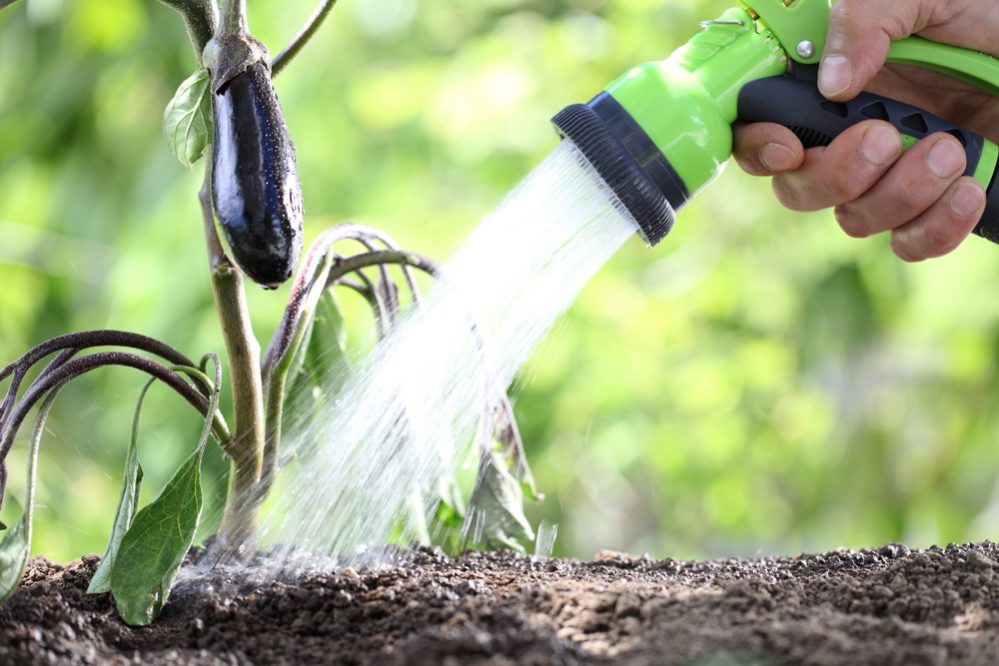
There is more to watering plants than just walking around with a garden hose. By being smart about your watering techniques, you can also save a lot of water.
For example, sprinklers are good for large areas but can use up huge quantities of water and are not well targeted. Using a hose takes more effort but delivers water to right where it is needed, like around the bases of plants. By not watering the surrounding area, you also discourage weeds.
Using a watering can is even better since you will waste less water. If you don’t have a can, even a hose with a trigger control is a better option. Seep hoses buried in the ground can be another good way to water effectively.
Prioritize areas that need it most, like areas with new plants and seedlings. By being smart about how you water your garden, you will be able to cut down quite a bit on how much you use.
6. Don’t Overwater
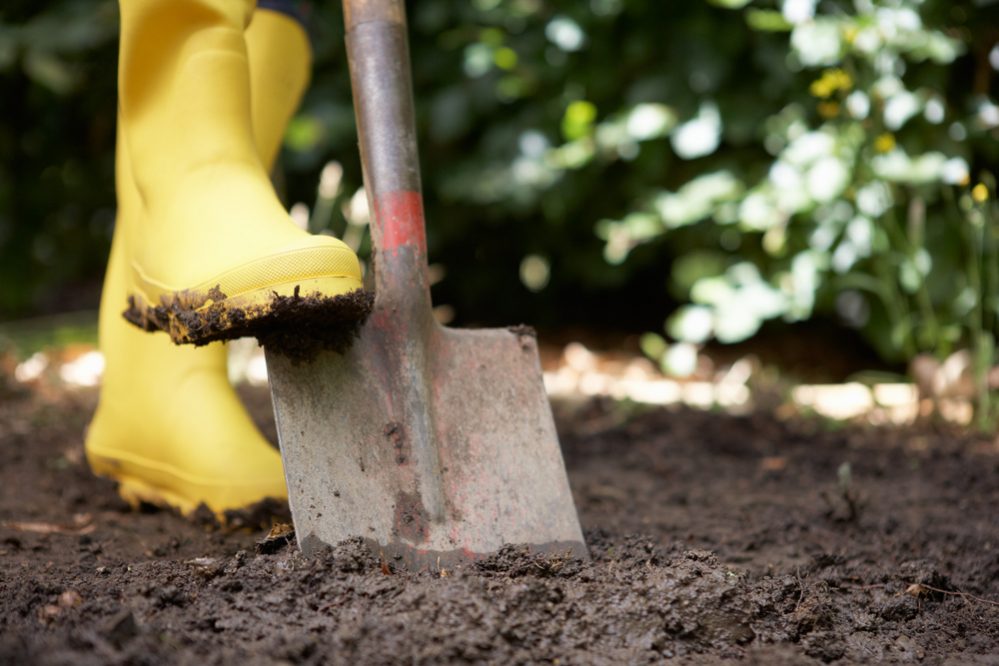
This might seem very obvious, but make sure you don’t overwater your garden!
If you use more water than you need, you will be wasting water – and money. But more than this, overwatering can cause leaching, the process whereby the nutrients needed by your plants are washed away. Overwatering can also lead to lack of oxygen in the soil as well as root rot.
There is also another factor to consider. Overwatering plants encourage them to put down shallower roots since they don’t need to go in search of water deeper down.
This will result in plants that are dependent on the water you give them and will leave them less prepared to deal with periods of drought.
A good way to test if your soil needs watering is to dig into it to about a spade’s depth. If the soil down there is moist, this indicates that there is no need to water. However, if it is dry, the plants here are ready for a drink.
7. Know Your Soil
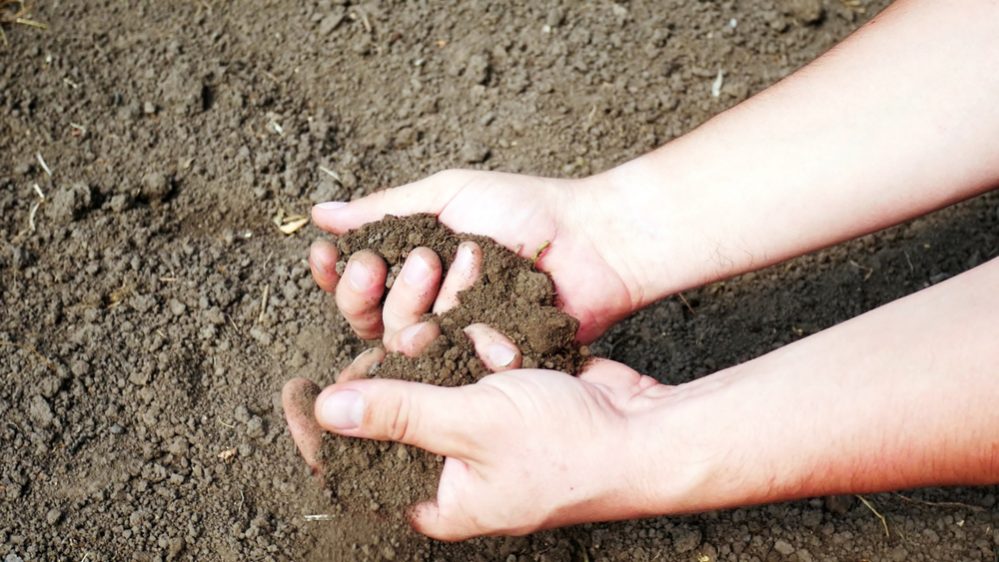
A part of not overwatering your plants is understanding the nature of the soil where you live. Not all soils are the same, and this affects how you should irrigate it.
For example, light sandy soils will need more water since they dry out quicker whereas thick clay soils retain water better. Clay soils need watering less often, but they need heavier watering when you do it.
Also, when checking if the soil is moist or dry as described above, note that sandy soils may seem drier than they really are but don’t need watering. Conversely, clay soils may seem moist when they are actually ready to be watered. Learn about your soil to adopt an efficient watering schedule.
8. Use A Moisture Meter
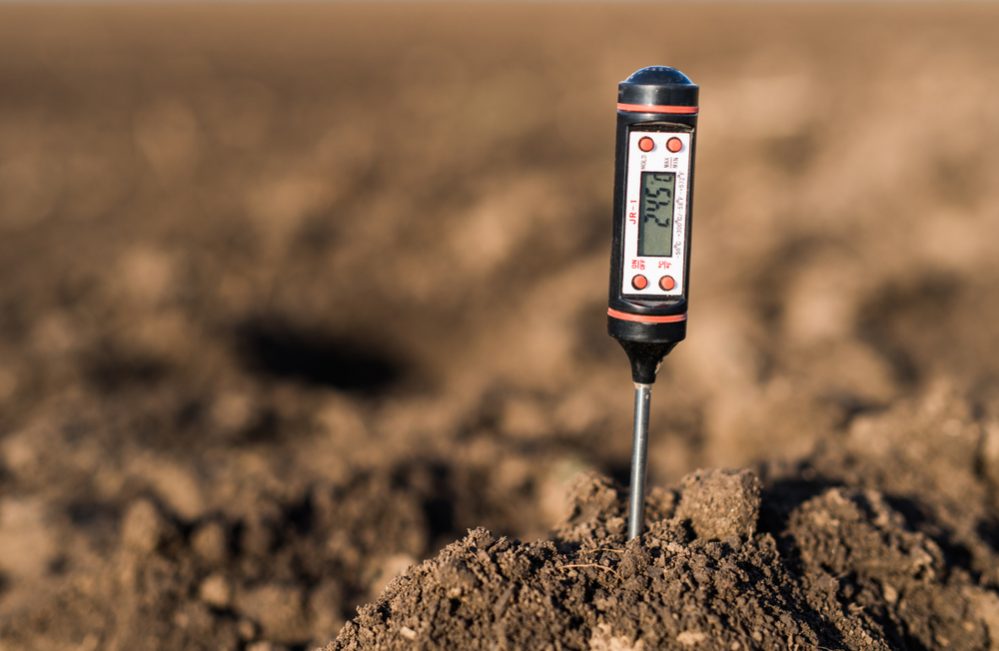
If the idea of digging into the soil seems too imprecise, you can buy a moisture meter. You simply push the meter into the ground and it gives you a reading. Up to 30% means the ground is dry and needs watering and 30%-70% means it is fine and doesn’t need watering.
Above 70% means you are overwatering your garden and you should consider cutting back.
9. Harvest Water
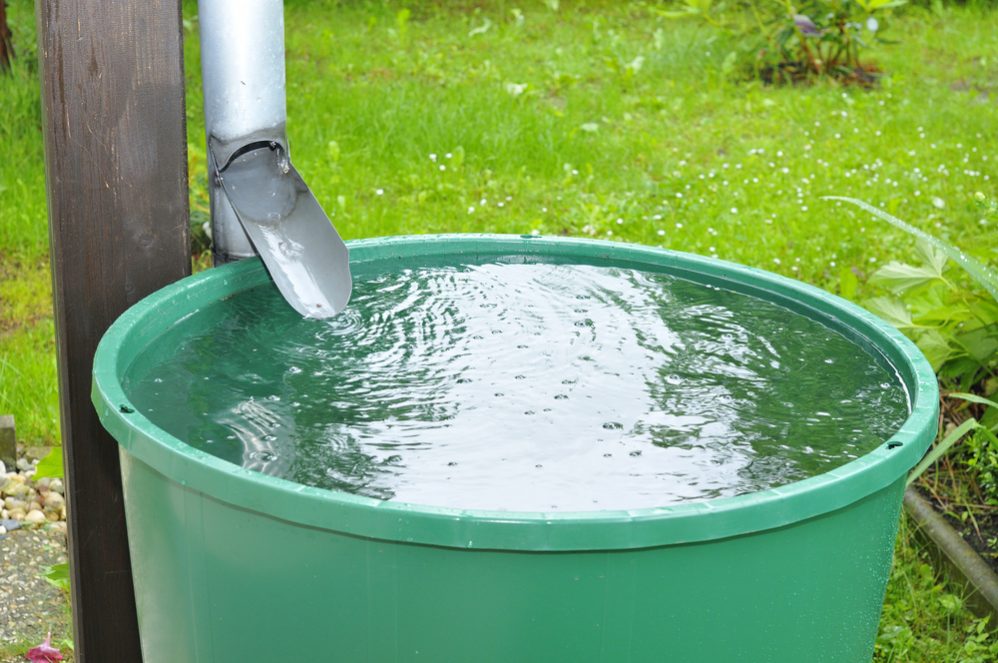
This is a big one – by harvesting water and using water that is overwise simply discarded, you can significantly reduce your water bill.
The first thing to do is to set up a water butt. How much you collect depends on where you live and the climate there, but you can potentially harvest a huge amount of runoff water from your roof every time it rains.
The next thing you can do is to look at harvesting gray water. This is water that has been used for washing up or in showers or baths etc.
The usual detergents we use for washing dishes or for washing ourselves are harmless to plants – so just imagine how much water is literally going down the drain when it could be used for watering your garden.
Another great resource is the water you use for cooking. Water for boiling or steaming vegetable is full of nutrients from those vegetables – pour it onto your plants for a free dose of fertilizer (obviously you need to let it cool down first).
10. Fix Leaks
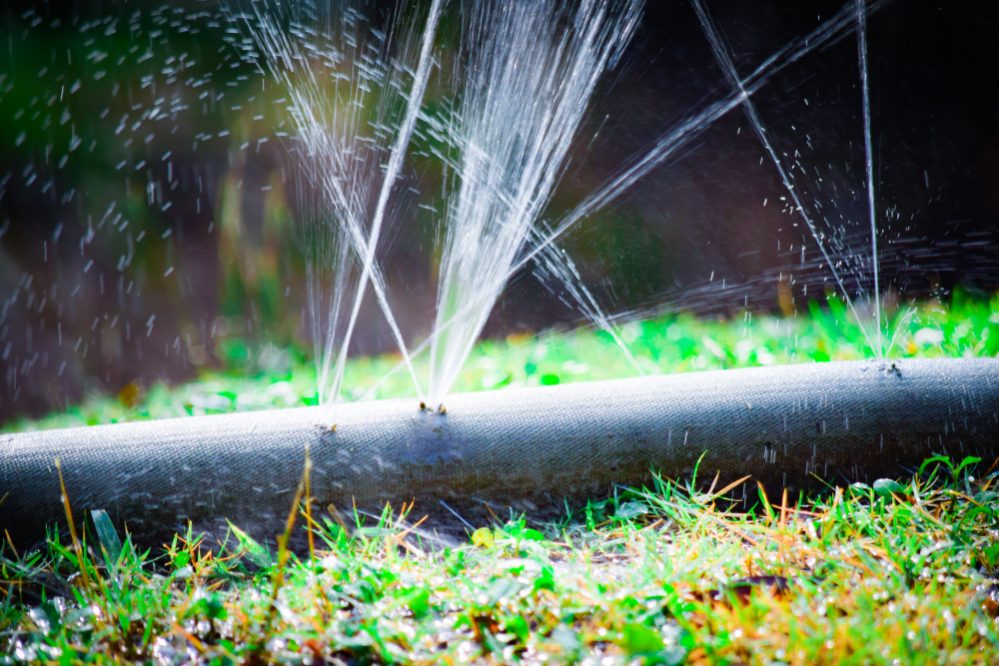
Another vital but often overlooked aspect of water conservation is leaks. Over the course of a year, you can lose a huge volume of water if a leak goes unrepaired. Make sure you check all your faucets and hose pipes to make sure you are not losing water in this way.
11. Train Your Plants And Lawn
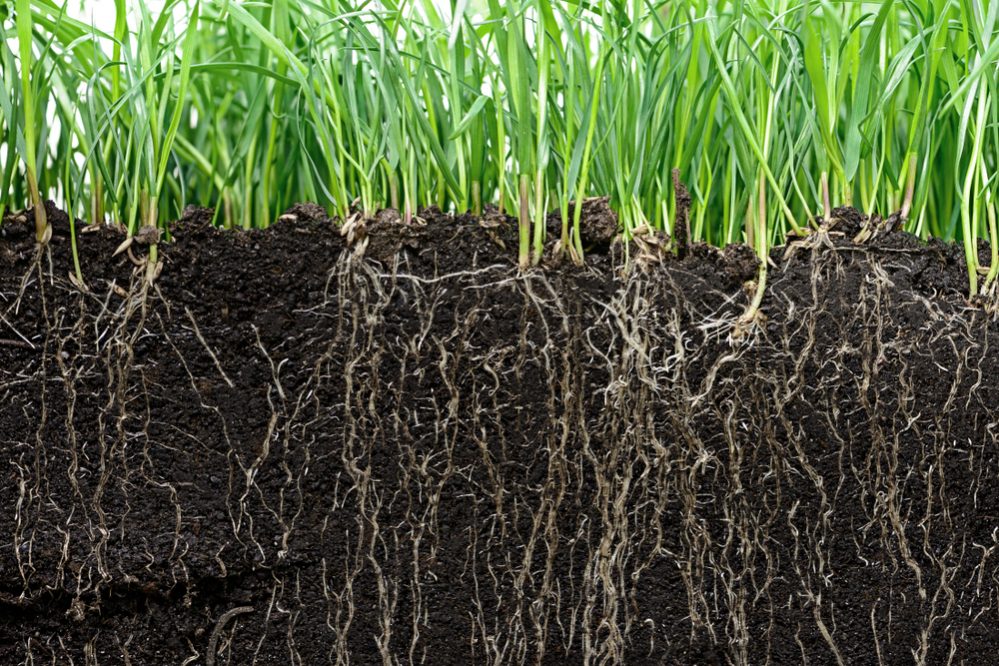
Believe it or not, you can actually train your plants to use less water. We touched on this earlier when we talked about overwatering; by giving your plants less water, you encourage them to send their roots deeper in search of a drink.
This is especially important when it comes to lawns since they are usually the single most water-intensive element in your garden. By watering less frequently, you encourage deeper roots and train your lawn to rely on watering less. Again, deep roots also improve drought resistance.
Another tip is to let your grass grow a little longer, enabling it to store more water and nutrients in the blades. Also, make sure your lawnmower blades are sharp – clean cuts damage grassless, again, helping it stay healthy and more drought-tolerant.
12. Pay Attention To Pot Choice
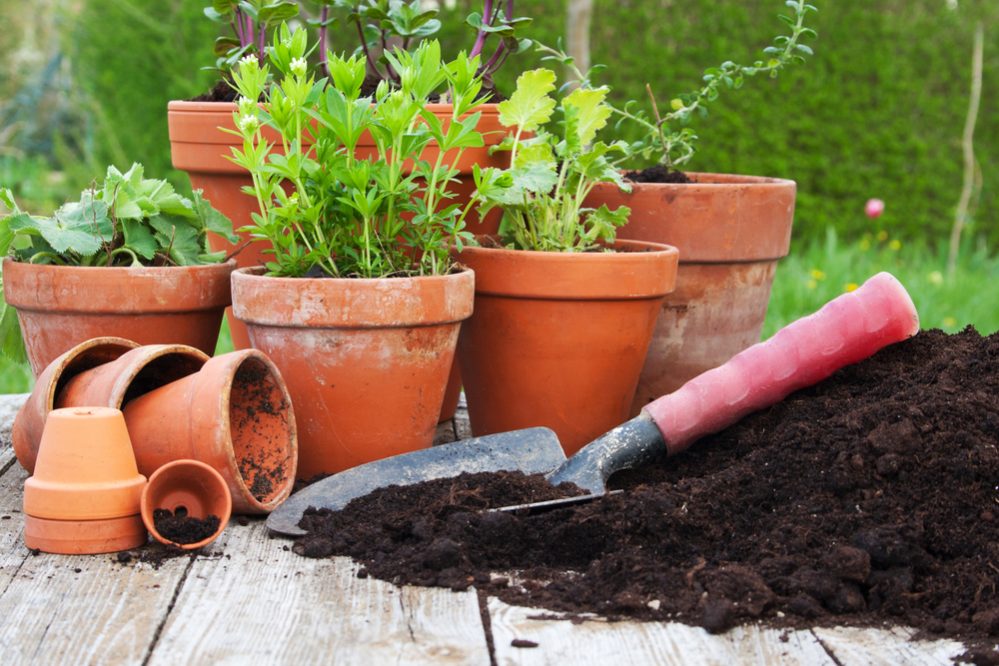
This is an area that some people might not think of, but your choice of pots also affects how much water you use.
Pots that heat up a lot (metal pots, for example) cause higher rates of evaporation. This, in turn, leads to increased watering.
Unglazed terracotta pots, on the other hand, are porous, and you will lose water through seepage.
Consider choosing more efficient pots – you can always place them inside other more attractive pots if you don’t like the look of them.
13. Pay Attention To The Forecast
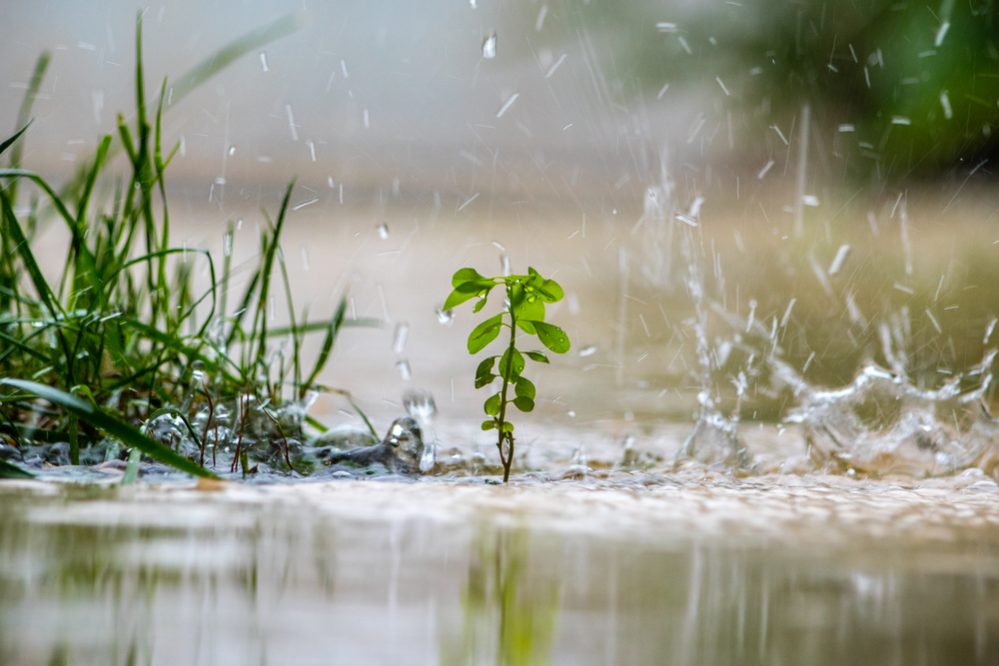
Finally, make sure you pay attention to what the weather is doing! There is perhaps no bigger waste of water (or time, for that matter) than spending an afternoon watering your garden only for it to start raining once you finish.
If you keep an eye on the weather, you will know in advance which days you don’t need to water the garden – just let mother nature take care of it all for you.
You can also pay attention to longer-term provisions. As we already mentioned, in periods of drought, you should water the garden in preparation for the drought, not once it is already upon you. By paying attention to the forecast, you can pre-empt any extended dry periods.
Simple Steps For Big Savings
None of the tips we have talked about here is particularly complicated or difficult to implement. With a little thought about your water consumption, there are lots of ways for you to use less, and this will bring big benefits to the environment – as well as to your pocket.
My name is Peter Weeks, Writer of The Daily Gardener. Gardening has always been my passion, nothing gives me quite the satisfaction that feeling the soil sift through my fingers does. Give me a spade, a shovel, and a rake, and I can happily while away the day transforming a patch of land into a beautiful oasis. To me, gardening is life. It’s not a career. It’s not a job. It’s something that I truly love doing. It’s a way of life, a passion that I’ve no intention of ever giving up.

